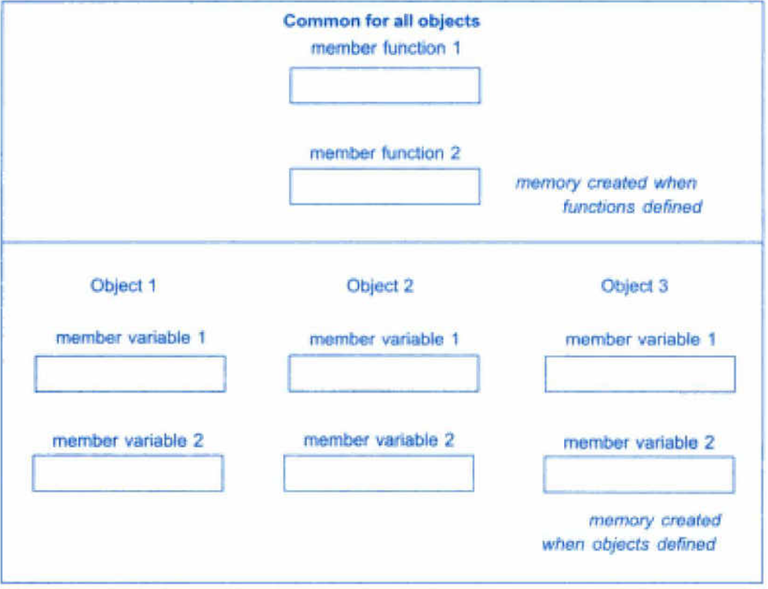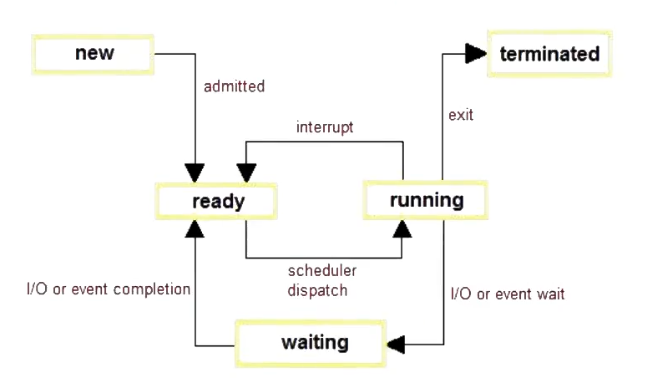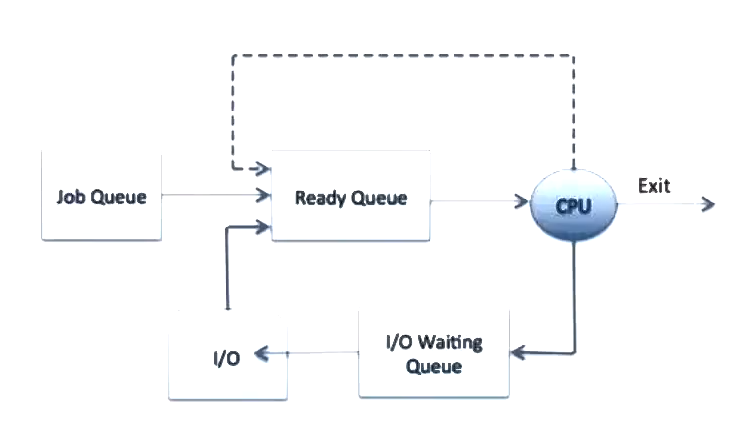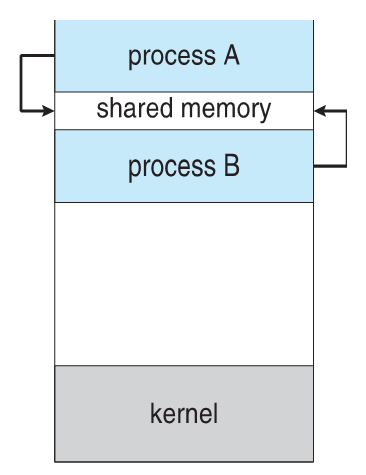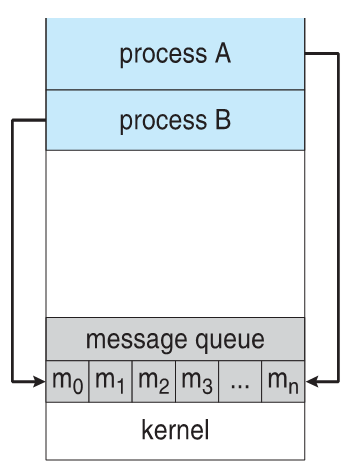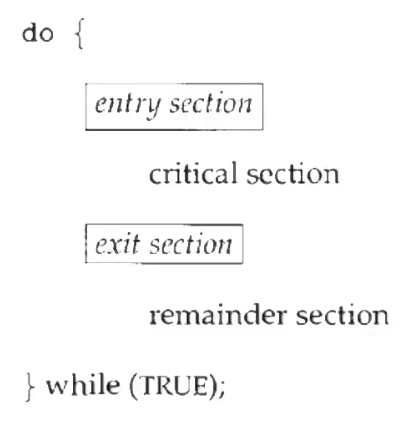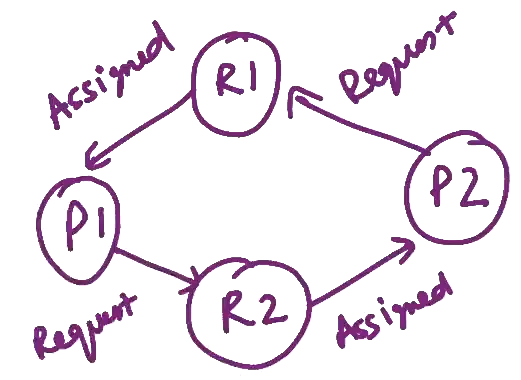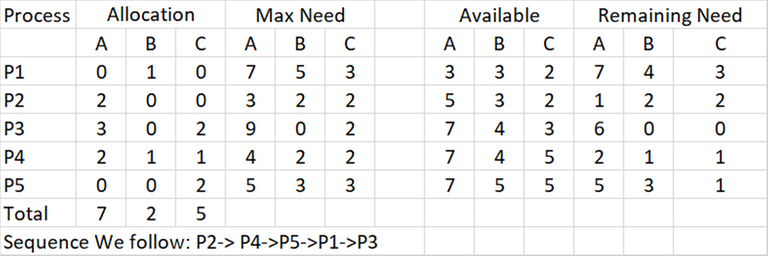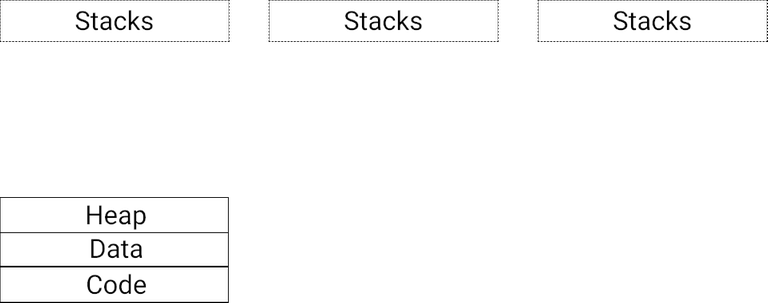Hey all, thanks for the overwhelming response on our project: Codeblast. If you haven't seen yet, check it here.
kartik8800 has recently launched codeforces problemsets for us to practice and jump our codeforces rating to the moon.
Here is the youtube link for the same. He has awesome playlists on various topics ranging from CSES problemsets, to topic wise discussions.
As a less rated user of the almighty Codeforces, I really liked the idea of specific problems picked manually and with some backed up data. But doing it with friends doubles the fun. So, I have included to practice from Kartik Arora's sheet as well in our project, Codeblast. You can also schedule contests now!
See this for a quick 1 min tutorial on how to use the site(Well, actually you can skip it).
Thanks Lord_Invincible as always for working with me and kartik8800 for the awesome sheets and mighty Mike for making codeforces!








